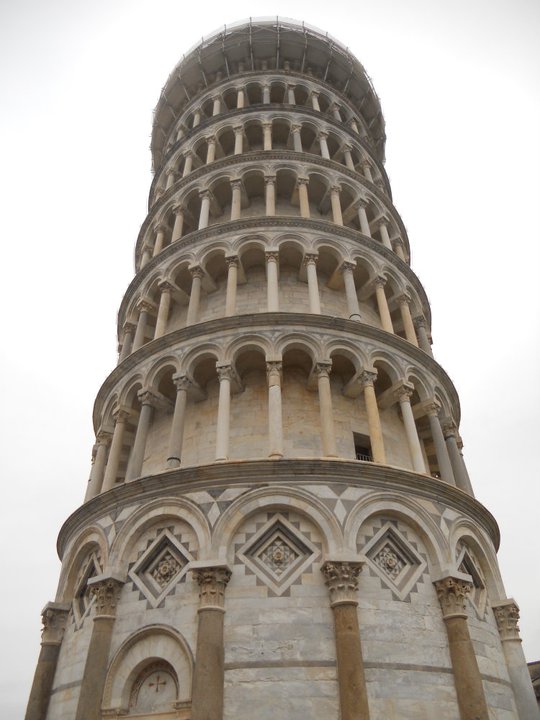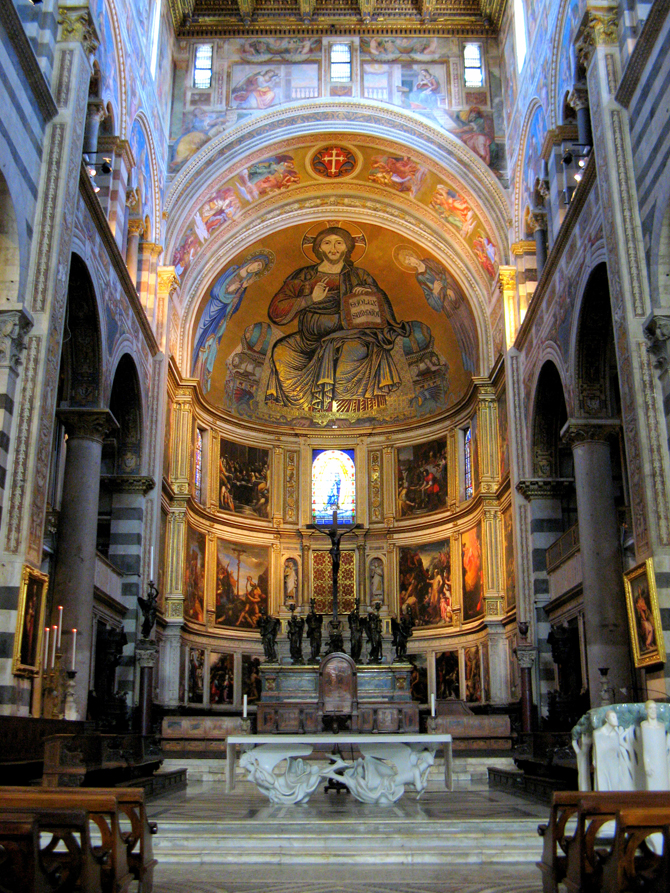Pisa – The Origins

Ancient Time and Middle Ages
Pisa - 15 December 2013 - Karina Mamalygo
There are various legends concerning the founding of Pisa. One tells us that the city was founded by the Ligurian people and that its name means “marshy place”. Other sources tell us that the city was founded by the Etruscans while others claim the founders were a group of Greeks at the end of the Trojan War. Latin and Greek writers such as Strabo, Virgil and Maurus Servius Honoratus all have different opinions on this question. All we know for sure is that the site has been occupied over a long historical period and that many of the earliest inhabitants were engaged in trade and had contact with Etruscan cities such as Volterra, Populonia and Bologna.
In 180 BC the city was occupied by the Romans and became a colony with a military port. During the period when Julius Caesar held power, the city was called Julia Obsequens and obtained significant political and commercial privileges. At the beginning of the fourth century A.D. the city became an Episcopal See and Bishop Gaudenzio is mentioned in literary sources which date to the year 313. In the years when the Western Roman Empire was disintegrating, the city, protected by its geographical position, remained unconquered and was spared the destruction that barbarian invaders inflicted on so many of the other important Roman cities. Later the inhabitants of the town were able to make agreements with the Lombards and Byzantines who had designs on the city.
According to mediaeval historians the city already possessed an important fleet by the seventh century and this would form the basis of power for the future Pisan Republic. During the war between the Franks and Lombards for control of central and northern Italy, Pisa was allied to the Lombard King, Desiderius. However, the Franks were victorious and Pisa was annexed to the Holy Roman Empire and incorporated into the Duchy of Lucca. The rivalry between Lucca and Pisa would last for centuries and had a visible effect on the history of Pisa itself. In the year 1003 the Pisans began to fight for their independence and victory led to the founding of the Pisan Republic in 1080. In the 11th century Pisa participated actively in expeditions against the Saracens in the south of Italy, liberating Sardinia, Sicily and Corsica. In 1099 during the first Crusade, the Pisan fleet carried part of the crusader army to the Holy Land and within a short period of time the city became the leading Mediterranean power.
The growth of the city’s power was due more than anything to its excellent geographical location. It was close to the sea and a lagoon and the River Arno connected it directly to the coast. In a historic period when maritime trade was of the utmost importance, Pisa established commercial ties with Byzantium, North Africa and Corsica. However in the thirteenth the River Arno changed its course and the galleys were no longer able to reach the city’s port. Nowadays it is hard to imagine that in Roman times the city was on the coast and that between the 11th and 13th centuries Pisa was a powerful maritime republic like Genoa and Venice.
The wealth accumulated by commercial and military success meant that art and architecture flourished in the town between the 12th and 13th centuries. The results can be seen in the works of the “Pisan School”.
Defeat at the hands a smaller Genovese fleet in the battle of Meloria in 1284 signified the decline of the city’s power and autonomy and in 1406 the city was annexed by the Florentine Republic, bringing an end to the final chapter of the glorious history of the powerful Pisan Republic.





















